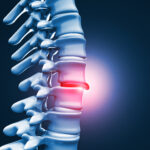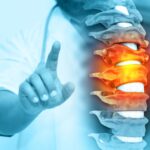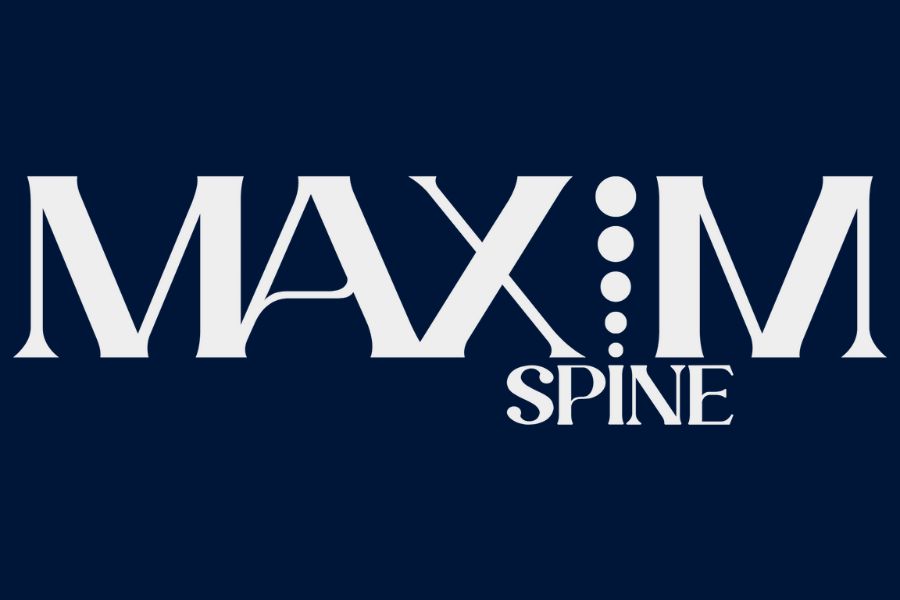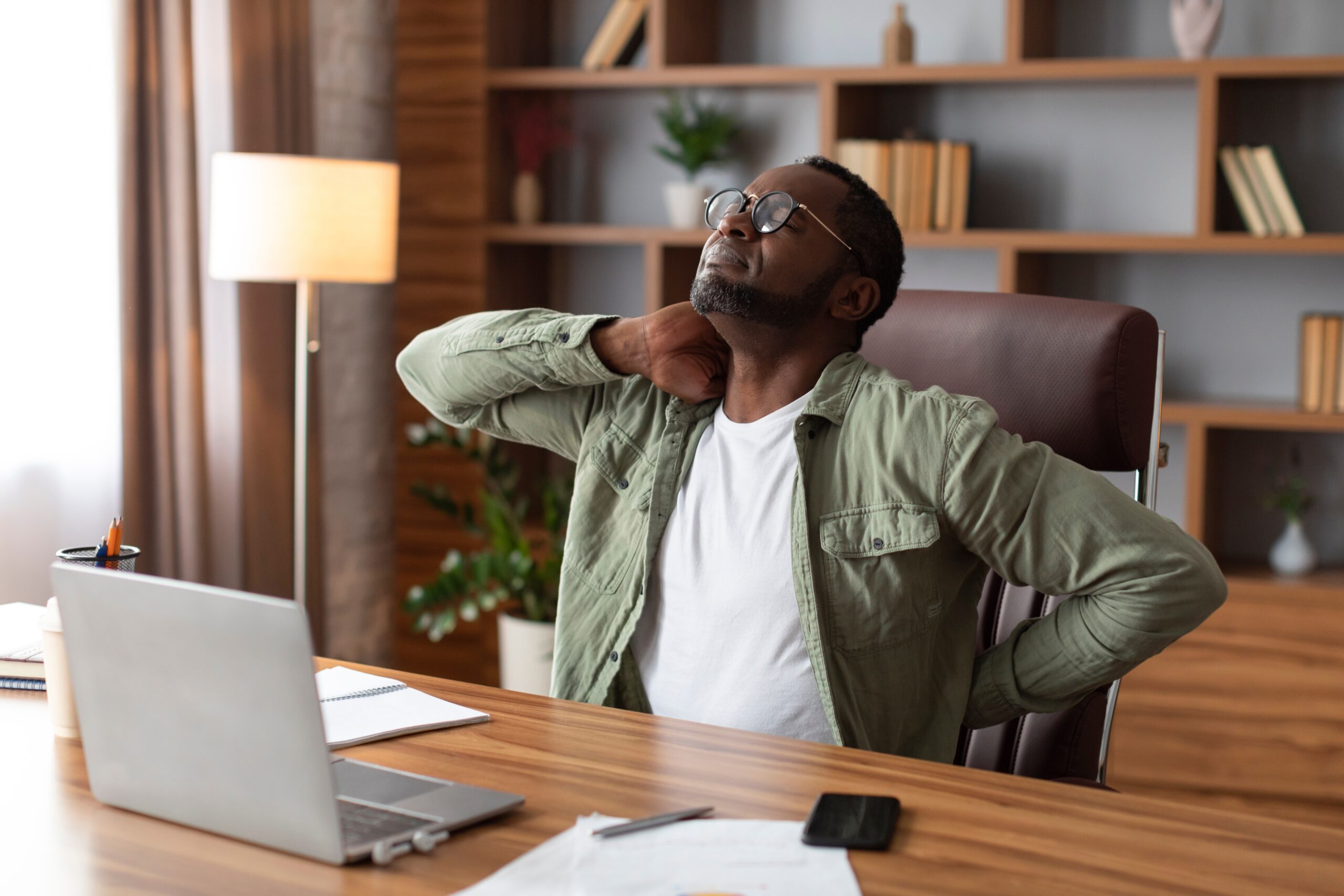
Managing Back Pain: Relief and Prevention Strategies
Managing back pain often feels like an uphill battle, but the right approach can change everything and should be diligently pursued. Whether you’re dealing with occasional discomfort or chronic issues, it’s important to take control of your well-being.
In this article, we will cover tried-and-true strategies to relieve your back pain and prevent problems from reoccurring. Let’s dive into methods that not only ease the pain but help you maintain a healthier back for the long term.
What Are the Common Causes of Back Pain?
Millions of people experience back pain and many struggle to identify its cause. Knowing what causes discomfort in the back helps individuals take steps toward relief.
- Muscle and ligament strain: Muscle and ligament strains frequently cause back pain. Lifting heavy objects incorrectly or making sudden, awkward movements often leads to strained muscles. When the back and abdominal muscles lack strength, pain worsens during physical activity.
- Herniated or bulging discs: While these discs cushion the vertebrae, they can rupture or bulge, pressing on nerves in the spinal canal. This leads to severe pain accompanied by numbness or tingling.
- Degenerative disc disease: Degenerative disc disease often leads to chronic back pain that intensifies over time. As the discs lose their ability to absorb shock, vertebrae rub against each other, triggering inflammation and pain signals that travel through the nervous system.
- Spinal stenosis: Spinal stenosis occurs when the spaces in the spine narrow, putting pressure on the spinal cord. This narrowing often results in chronic pain, with symptoms radiating through the back and legs.
- Osteoarthritis: Osteoarthritis frequently targets the joints in the lower back. This condition breaks down the cartilage that cushions joints. Without that protection, bones rub together, creating friction that leads to stiffness and chronic pain.
- Skeletal irregularities: Conditions like scoliosis cause abnormal spine curvature and stress your muscles, ligaments, and bones. Those suffering from skeletal irregularities may deal with both acute back pain and persistent discomfort.
- Poor posture and sedentary lifestyle: Slouching, sitting for hours, and working without proper ergonomics strain the muscles that support the spine. Over time, this weakens core muscles and makes the pain worse.
Relief Options for Managing Back Pain
Finding relief from back pain can feel overwhelming, especially when daily discomfort disrupts your routine.
With various approaches available, understanding the options can help you regain control and improve your well-being.
Physical Therapy and Movement
Physical therapy serves as a valuable resource for individuals facing chronic back pain. Therapists focus on core strength, flexibility, and posture to improve overall back health.
Core strength exercises like planks and bridges strengthen the muscles that support the spine. Flexibility training through gentle stretching or yoga promotes a greater range of motion, alleviating tension in the back muscles.
Incorporating low-impact activities such as walking, swimming, and yoga into daily routines proves beneficial. Walking maintains cardiovascular health while being gentle on the back. Swimming offers buoyancy that reduces pressure on the spine and allows a full range of motion.
Yoga, on the other hand, combines stretching and strengthening to promote muscle relaxation. Regular movement through these activities boosts blood flow to the muscles and joints, facilitating recovery and improving overall mobility.
Alternating Heat and Cold Therapy
Alternating heat and cold therapy provides a practical method for managing back pain. Heat therapy relaxes tense muscles and promotes blood flow to relieve discomfort. A heating pad or warm towel creates a soothing effect on sore areas which helps ease tightness and improve mobility.
Cold therapy is great at reducing inflammation, making it suitable during back pain flare-ups. Ice packs or cold compresses applied to the affected area decrease swelling and provide immediate relief.
To maximize benefits, individuals should apply each for about 20 minutes after physical activity. Alternating between heat and cold improves the therapeutic effects and makes it easier to manage back pain.
Medication and Electrical Therapy for Pain Relief
Several options can help relieve pain caused by chronic back issues. Nonsteroidal anti-inflammatory drugs (NSAIDs), such as ibuprofen or naproxen, are widely used to reduce inflammation and ease discomfort.
These pain relievers are often paired with muscle relaxants to reduce muscle spasms that contribute to the pain. Transcutaneous electrical nerve stimulation (TENS) offers another non-invasive option, delivering low-voltage electrical currents to the affected area, which can help block pain signals.
How to Prevent Recurring Back Pain
Taking proactive measures helps prevent back pain and makes it easier to perform your daily activities. Here’s how you can keep back pain at bay:
Maintain Proper Posture
Proper posture significantly impacts back health. Poor posture when sitting or standing leads to spine misalignment and increased strain on back muscles. To maintain good posture, follow these guidelines:
- Sit with your back straight and shoulders relaxed.
- Use a chair that supports your lower back.
- Keep feet flat on the floor or use a footrest.
- Distribute weight evenly on both feet when standing.
Regular reminders to check posture reinforce good habits throughout the day.
Engage in Regular Exercise
Exercise strengthens the muscles that support the spine, which helps prevent pain. A well-rounded fitness routine should include:
- Strength training: Focus on core muscles, including the abdomen and back.
- Flexibility exercises: Stretching improves flexibility and reduces tension.
- Low-impact aerobic activities: Walking, swimming, or cycling promotes cardiovascular health without straining the back.
You should do at least 150 minutes of moderate aerobic activity weekly along with strength training exercises twice a week.
Practice Safe Lifting Techniques
Improper lifting techniques cause acute back injuries and contribute to chronic pain. To lift safely, follow these steps:
- Bend at the knees, not the waist.
- Keep the object close to your body.
- Use your legs to lift, not your back.
- Avoid twisting your body while lifting.
Learning proper lifting techniques prevents unnecessary strain on the back.
Maintain a Healthy Weight
Excess weight, especially around the abdomen, increases strain on the back. Managing weight through a balanced diet and regular exercise supports spinal health. To maintain weight, consider these tips:
- Focus on whole foods, including fruits, vegetables, whole grains, and lean proteins.
- Limit processed foods high in sugars and unhealthy fats.
- Stay hydrated to support overall health.
Consult a healthcare professional or nutritionist for personalized guidance on weight management.
Incorporate Mindfulness and Stress Management
Chronic stress leads to muscle tension and worsens back pain. Mindfulness practices reduce stress and promote relaxation. Consider these techniques:
- Meditation: Spend a few minutes each day focusing on breathing and clearing the mind.
- Yoga: Combine physical movement with breath control to promote flexibility and relaxation.
- Deep breathing exercises: Take breaks throughout the day to practice deep, calming breaths.
Engaging in relaxing activities mitigates the physical effects of stress on the body.
Invest in Quality Sleep
Quality sleep remains critical for recovery and overall health. An inadequate sleep environment leads to poor spinal alignment during rest. To improve sleep quality, consider these suggestions:
- Choose a supportive mattress and pillows that maintain spine alignment.
- Maintain a consistent sleep schedule.
- Create a calming bedtime routine to signal the body to wind down.
Prioritizing sleep impacts overall health and back pain management significantly.
Seek Professional Help When Needed
For individuals with chronic back pain, consulting healthcare professionals becomes important. Physical therapists, chiropractors, and medical doctors provide tailored advice and treatment plans. Early intervention prevents pain from becoming a long-term issue.
Treatment Options for Chronic Back Pain
If your back pain still persists and it’s starting to affect your quality of life, then you need to seek treatment methods to address the root cause.
At Maxim Spine, we focus on providing surgical solutions tailored to different spine conditions, using the latest techniques to promote faster recovery and minimize discomfort. Our procedures are organized based on the region of the spine and the specific needs of our patients.
Cervical Spine Procedures
We address neck-related issues such as herniated discs and spinal instability with Anterior Cervical Discectomy and Fusion (ACDF). This procedure removes the damaged disc and fuses the vertebrae to stabilize the neck and reduce nerve pressure. In addition to ACDF, our surgeons perform Posterior Cervical Laminectomy/Fusion and Cervical Laminoplasty to resolve other cervical spine concerns, ensuring patients regain movement and pain relief.
Thoracic Spine Procedures
For conditions affecting the middle back, we offer thoracic fusion and minimally invasive thoracic laminectomy/microdiscectomy. These procedures help patients with issues like thoracic fractures, deformities, and stenosis, allowing for greater mobility and pain relief. The thoracic spine plays a key role in supporting the upper body, and these surgeries aim to restore function while protecting vital organs.
Lumbar Spine Procedures
We tackle lower back problems like herniated discs with a minimally invasive microdiscectomy, which relieves nerve pressure and restores mobility. Other surgeries include transforaminal lumbar interbody fusion (TLIF), anterior lumbar interbody fusion (ALIF), and lateral lumbar interbody fusion (LLIF). These procedures focus on stabilizing the spine and alleviating pain, helping patients regain control over their daily activities.
Motion Preservation and Advanced Techniques
For those dealing with lumbar spinal stenosis or degenerative disc issues, we offer the TOPS™ System. This alternative to spinal fusion provides stability while preserving the spine’s natural movement, giving patients better long-term outcomes and flexibility.
Pain Management Options
In cases where surgery may not be necessary, we provide radiofrequency ablation. This procedure interrupts pain signals from specific spinal nerves, offering relief for patients with chronic back pain. The treatment involves minimal recovery time, allowing patients to return to daily activities with reduced discomfort.
At Maxim Spine, we strive to improve our patients’ lives with personalized care and advanced treatments. Our team works closely with each patient to find the most suitable approach for their specific spine condition.
Treat Your Back Pain Today With Maxim Spine
Are you tired of living with constant back pain? If so, you need to regain control of your life with our expert care at Maxim Spine. Our dedicated team will work closely with you to create a personalized treatment plan that targets the root of your back pain to help you feel better, faster.
Contact us in writing or call (862) 288-7963 for more information about our services.
FAQs About Managing Back Pain
When should I see a doctor for back pain?
A doctor visit is necessary if the pain lasts more than a week or causes numbness or weakness. Injuries that lead to pain or the presence of a fever alongside the pain should also prompt a visit.
How can I relieve back pain at home?
Simple stretches, rest, heat or cold packs, and over-the-counter painkillers may help ease back pain. Walking or light movement can also improve blood flow, speeding up the recovery process.
Can exercise help with back pain?
Low-impact exercises like yoga, swimming, or walking often strengthen muscles and increase flexibility. Talking to a healthcare professional helps you pick the right exercises for your situation.












